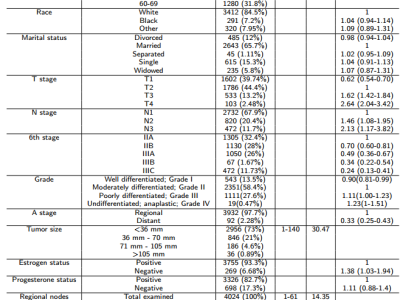odorant molecule-olfactory receptor dataset

- Citation Author(s):
-
Fei Wang
- Submitted by:
- Xing Chen
- Last updated:
- DOI:
- 10.21227/mzpc-5c37
 34 views
34 views
- Categories:
- Keywords:
Abstract
Normal 0 7.8 磅 0 2 false false false EN-US ZH-CN X-NONE /* Style Definitions */ table.MsoNormalTable {mso-style-name:普通表格; mso-tstyle-rowband-size:0; mso-tstyle-colband-size:0; mso-style-noshow:yes; mso-style-priority:99; mso-style-parent:""; mso-padding-alt:0cm 5.4pt 0cm 5.4pt; mso-para-margin:0cm; mso-pagination:widow-orphan; font-size:10.5pt; mso-bidi-font-size:11.0pt; font-family:等线; mso-ascii-font-family:等线; mso-ascii-theme-font:minor-latin; mso-fareast-font-family:等线; mso-fareast-theme-font:minor-fareast; mso-hansi-font-family:等线; mso-hansi-theme-font:minor-latin; mso-font-kerning:1.0pt; mso-ligatures:standardcontextual;}
This data file is the dataset used in this paper, which contains odorant molecules and corresponding olfactory receptors. Each odorant molecule corresponds to multiple olfactory receptors, and each olfactory receptor also corresponds to multiple odorant molecules. The first column is odorant molecules, and the following content is their corresponding olfactory receptors. Each odorant molecule can react with its corresponding olfactory receptor, and odorant molecules generate olfactory perception by exciting multiple olfactory receptors. We validate the method of training network models using this dataset and conduct experimental evaluations. Researchers can use this dataset for further research to establish associations between odorant molecules and olfactory receptors.
Instructions:
Normal 0 7.8 磅 0 2 false false false EN-US ZH-CN X-NONE /* Style Definitions */ table.MsoNormalTable {mso-style-name:普通表格; mso-tstyle-rowband-size:0; mso-tstyle-colband-size:0; mso-style-noshow:yes; mso-style-priority:99; mso-style-parent:""; mso-padding-alt:0cm 5.4pt 0cm 5.4pt; mso-para-margin:0cm; mso-pagination:widow-orphan; font-size:10.5pt; mso-bidi-font-size:11.0pt; font-family:等线; mso-ascii-font-family:等线; mso-ascii-theme-font:minor-latin; mso-fareast-font-family:等线; mso-fareast-theme-font:minor-fareast; mso-hansi-font-family:等线; mso-hansi-theme-font:minor-latin; mso-font-kerning:1.0pt; mso-ligatures:standardcontextual;}
This data file is the dataset used in this paper, which contains odorant molecules and corresponding olfactory receptors. Each odorant molecule corresponds to multiple olfactory receptors, and each olfactory receptor also corresponds to multiple odorant molecules. The first column is odorant molecules, and the following content is their corresponding olfactory receptors. Each odorant molecule can react with its corresponding olfactory receptor, and odorant molecules generate olfactory perception by exciting multiple olfactory receptors. We validate the method of training network models using this dataset and conduct experimental evaluations. Researchers can use this dataset for further research to establish associations between odorant molecules and olfactory receptors.






